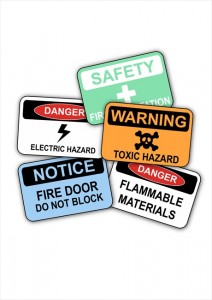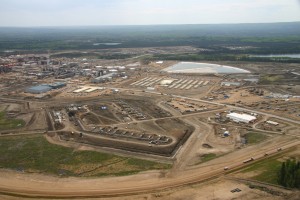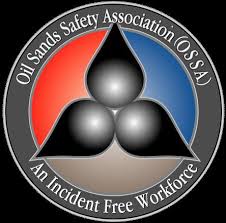Safety mantras. Most industries have them. In oil and gas it’s straightforward – “everyone gets home safely.”
The vast majority of times that is accomplished as a result of hard work and efficient safety practices. Sometimes, something goes wrong. That’s what happened this month at Nexen Energy’s Long Lake plant, south of Fort McMurray. An explosion on the site killed one worker and severely injured another.
Nexus’s, chief executive Fang Zhi, told the Calgary Herald it is one of the darkest days in the comapny’s history, “We did not live up to our safety standards and I deeply regret it.”
The Canadian Association of Petroleum Producers reported in 2014 that after three years of declines, the number of fatalities in the oil and gas sector hit eight in 2013. That’s twice as many as the previous year. These are the most current stats CAPP has.
The Alberta Government site says Occupational Health and Safety investigated six fatalities in the petroleum industry in 2014. In the last decade there have been approximately 100 deaths. CAPP insists the number of recordable injuries across the industry has declined steadily in recent years.
Just last year, the Oil Sands Safety Association released seven safety rules for its member companies: Canadian Natural Resources, Shell Canada, Suncor Energy and Syncrude Canada. They are straightforward rules that when practiced can save lives.
1-Obtain authorization before entering a confined space.
2-Protect yourself against a fall when working at height
3-Work with a valid permit when required
4-Verify isolation before work begins and use the specified life protecting equipment
5-Obtain authorization before overriding or disabling safety critical equipment
6-No alcohol or drugs while working or driving
7-Do not put yourself in an unsafe position in relation to Mine mobile heavy equipment
These rules while implemented by the OSSA were developed by the International Association of Oil and Gas Producers (IAOGP)



